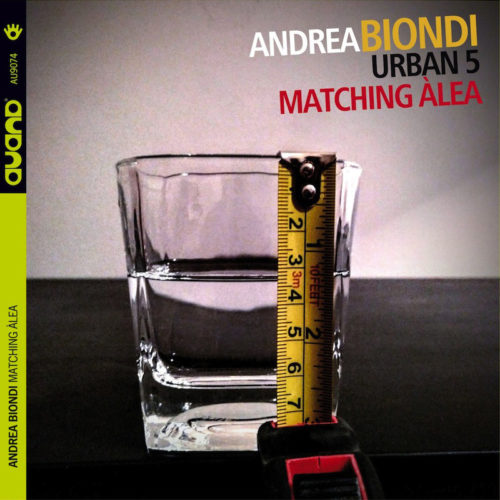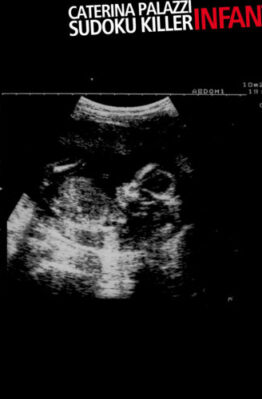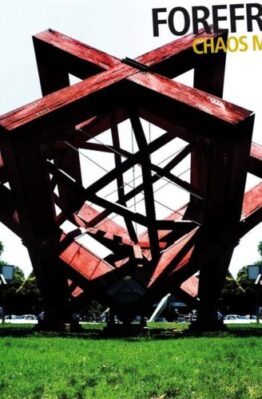Description
室内楽、交響楽、現代音楽、ジャズを股にかけるヴィブラフォン奏者アンドレーア・ビオンディ名義によるコンテンポラリー5tet作品。
オラシオ・エル・ネグロ・エルナンデス、ダニーロ・レア、エンニオ・モッリコーネほかに師事した、おそらく現在活動するヴァイブ奏者のなかでも指折りの超実力派が、ダニエーレ・ティッタレッリ(as)、エンリーコ・ブラッコ(g)とともに描く即興世界。やや難解なコンテキストながら、いつしかその美しい響きにすっと引き込まれる。
Cat#:
LABEL: AUAND, Italy
FORMAT: CD / AU9074
ARTIST: Andrea Biondi
TITLE: Matching Alea
EAN: 8031697907428
LINEUP:
Andrea Biondi (vibraphone, synth)
Daniele Tittarelli (alto sax)
Enrico Bracco (guitar)
Jacopo Ferrazza (double bass)
Valerio Vantaggio (drums)
Adriano Lanzi (live electronics on #3)
REC DATA:
Produced by Andrea Biondi
Executive Producer: Marco Valente
Recorded at Groovefarm, Rome – Italy
Engineer: Davide Abbruzzese
Cover Photo: Lorenzo Guidi
Notes
Challenging fate through math in Urban 5’s “Matching Àlea”
Destiny and research for Italian vibraphonist Andrea Biondi in his new album out now for Auand Records
featuring Daniele Tittarelli (alto sax), Enrico Bracco (guitar), Jacopo Ferrazza (double bass) and Valerio Vantaggio (drums)
After working in chamber, symphonic, contemporary music and jazz, vibraphonist Andrea Biondi wanted to find a new way. In doing so he decided to trust fate. This is what his new album, “Matching Àlea”, out now for Auand Records, actually is: the conscious use of chance as a starting point for his project. His Urban 5 quintet includes Daniele Tittarelli (alto sax), Enrico Bracco (guitar) Jacopo Ferrazza (double bass) and Valerio Vantaggio (drums) – all coming from common experiences in the Italian music scene.
Fate is a kind of deus ex machina here, driving a style that is made up of so many influences, as Biondi explains: «Having played music by the likes of John Cage, Stockhausen, Berio and Ligeti, it’s hard to think that my composition process hasn’t been influenced by them. Steve Reich, Philip Glass o La Monte Young’s American minimalism has been an inspiration for my writing.» His rock soul, devoted to giants like Led Zeppelin and Italian prog heroes Area, is also part of the big picture.
How do you connect such a vast music universe with randomness? Through an accurate procedure: «The main themes and part of both the harmonies and the formal structures come from a deliberate random plan – Biondi says – mixing dodecaphonic techniques with John Cage’s 1950 idea: he used the I Ching book to make compositional choices that would not involve his own will. It’s a way to organize chaos, to control what you can’t control. It helps you pick the notes you will play, their pitch and duration, though numeric combinations».
«In the dodecaphonic trilogy – Biondi adds – I have composed 3 tracks uninterruptedly, with only one dodecaphonic series generated by 12 pieces of paper, each of them containing one note. The main theme has literally been extracted. From that moment on, I have used all of the Schoenberg’s dodecaphonic techniques. And even the harmonic sequences arose from the vertical vision of the sequence. The jazz element, theme and variation, is what holds everything together, balancing composition and improvisation».




